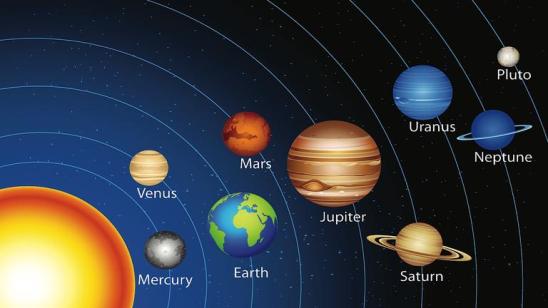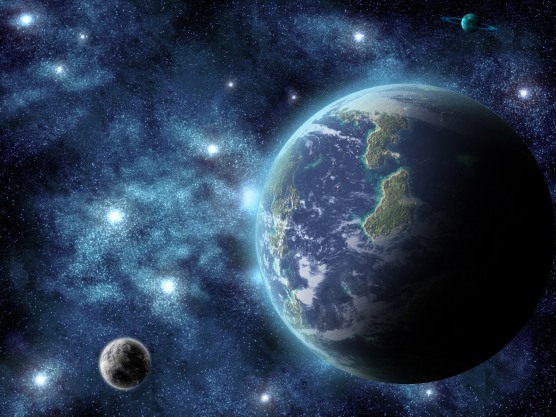Planets in astrology have a meaning different from the modern astronomical(natural science). stars, galaxies, planets, moons, and nebulae), the physics, chemistry, and evolution of such objects, and phenomena that originate outside the atmosphere of Earth. Greeks and the other earliest astronomers, this group comprised the five planets visible to the naked eye, and excluded the Earth. Sun and the Moon making a total of seven planets. Astrologers retain this definition today.Plants are sun, Moon, Mercury, Venus, Mars, Jupiter, Saturn, Uranus, Neptune, Pluto. Mercury is the smallest and very near to the Sun of the 8th planets in the Solar System.
Mercury poles are constantly below 180 K (-93 °C; -136 °F)Venus is the 2nd planet from the Sun. It is orbiting it every 224.7 Earth days. Venus has no natural satellite.It is a terrestrial planet and is sometimes called Earth’s “sister planet”. Its surface temperature of 735 K (462 °C; 863 °F). It is by far the hottest planet in the Solar System. Mars is the 4th planet from the Sun. Mars is also 2nd smallest planet in the Solar System. It is also called Red Planet. Jupiter is the 5th planet from the Sun. It is largest planet in the Solar System. Jupiter is classified as a gas giant along with Saturn, Uranus and Neptune. Saturn is the 6th planet from the Sun. Saturn is second largest planet in the Solar System. It is a gas giant with an average radius about nine times that of Earth.
Saturn’s interior is probably composed of a core of iron, nickel. It has a prominent ring system.Uranus is the 7th planet from the Sun. Uranus has third-largest planetary radius. It is similar in composition to Neptune. Neptune is the 8th planet from the Sun. It is gaseous planets in the Solar System. Neptune is the most dense. It is 17 times the mass of Earth and is slightly more massive than its near-twin Uranus. Its orbits the Sun at an average distance of 30.1 Astronomical units.
It was the first Planet found by mathematical prediction rather than by empirical observation. It was subsequently observed on 23 September 1846. It is similar in composition to Uranus. Neptune has a faint and fragmented ring system. Pluto was originally classified as the 9th planet from the Sun. Pluto is the largest object in the Kuiper belt. It has 10th most massive body observed directly orbiting the Sun. Pluto is the second-most-massive known dwarf planet. It is composed primarily of rock and ice.


Pingback: Planets in astrology | nareshgartan